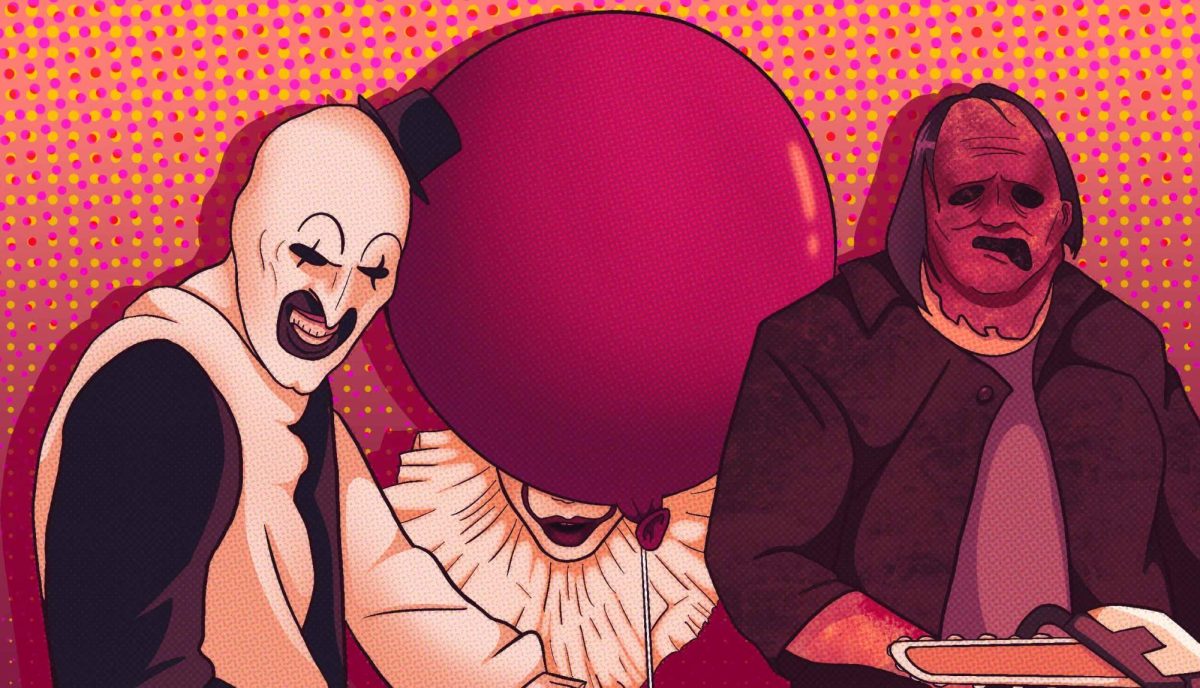Humans lie on different spectrums of fear, and it’s not unusual to feel frightened by psychological and horror thrillers.
Films like “Insidious,” “Hereditary,” “Oculus” and “The Conjuring” have one thing in common: horror. These types of films can be enjoyed not only during the spooky festive season of October but at any time of the year.
“Our threat sensors can down-regulate (a scary movie) or up-regulate into increasing fear, causing fight, flight or freeze responses,” said Cornelia Kirchhoff, Ph.D., a licensed psychologist at the WSU Psychology Clinic and Clinical Associate Professor.
The amygdala, located in the medial temporal region of the brain, triggers the release of stress hormones like adrenaline and cortisol, along with a rush of dopamine and endorphins.
Horror movies are stimulating and release these feel-good chemicals, which dull pain, elevate mood and create a natural high that can become somewhat addictive for sensation seekers, Kirchhoff said.
Some people may feel cold, while others might get goosebumps as a result of a spike in heart rate due to fear.
Others watch scary movies and visit haunted houses to safely experience their fears. This concept, known as “safe fear,” allows them to confront fear while knowing their lives are not in danger.
A certain amount of fear helps people stay safe by prompting careful and cautious approaches to things that seem fear-provoking, Kirchhoff said.
For children, fear develops over time. Initial fears may relate to sounds, strangers and separation from parents. As their imagination develops, they may realize a lack of control, leading to fears of thunder, large animals, monsters and being alone.
For preschool-age children and older, fears become more concrete, including fears of getting lost, natural disasters or social situations, Kirchhoff said.
Most phobias have a typical onset before age 10, with rising prevalence during the teenage years. However, the rates of specific phobias decrease for those aged 65 and older, Kirchhoff said.
Sensation seekers — those who crave new and extensive experiences — are often attracted to horror because it provides high-level stimulation. Individuals with a lower tolerance for distress may avoid horror films, while those with higher levels of empathy may find them emotionally intense.
“I like to think of fear as a dimensional construct,” Kirchhoff said.
Strong fear or overinterpretation of fear typically leads to avoidance, which in turn increases fear due to a lack of exposure to fear-provoking situations and the perception that fear-inducing stimuli are extremely dangerous, Kirchhoff said.
Frequent viewing of horror movies tends to decrease the fear response, which is why some people believe they can condition themselves against certain fears, Kirchhoff said.
Horror media can also be used for therapeutic purposes, such as part of exposure therapy for certain trauma survivors.
“Researchers at Aarhus University in the Netherlands have found an inverted U-shaped relationship between fear and enjoyment,” Kirchhoff said. This means fear reduces enjoyment, while enjoyment decreases when something is not scary enough.
Horror films can also serve as a form of catharsis, allowing viewers to experience a controlled release of pent-up emotions, leading to a sense of achievement after facing their intense fears.
Kirchhoff said the “sweet spot” of scariness is crucial and can vary from person to person based on their experiences.












